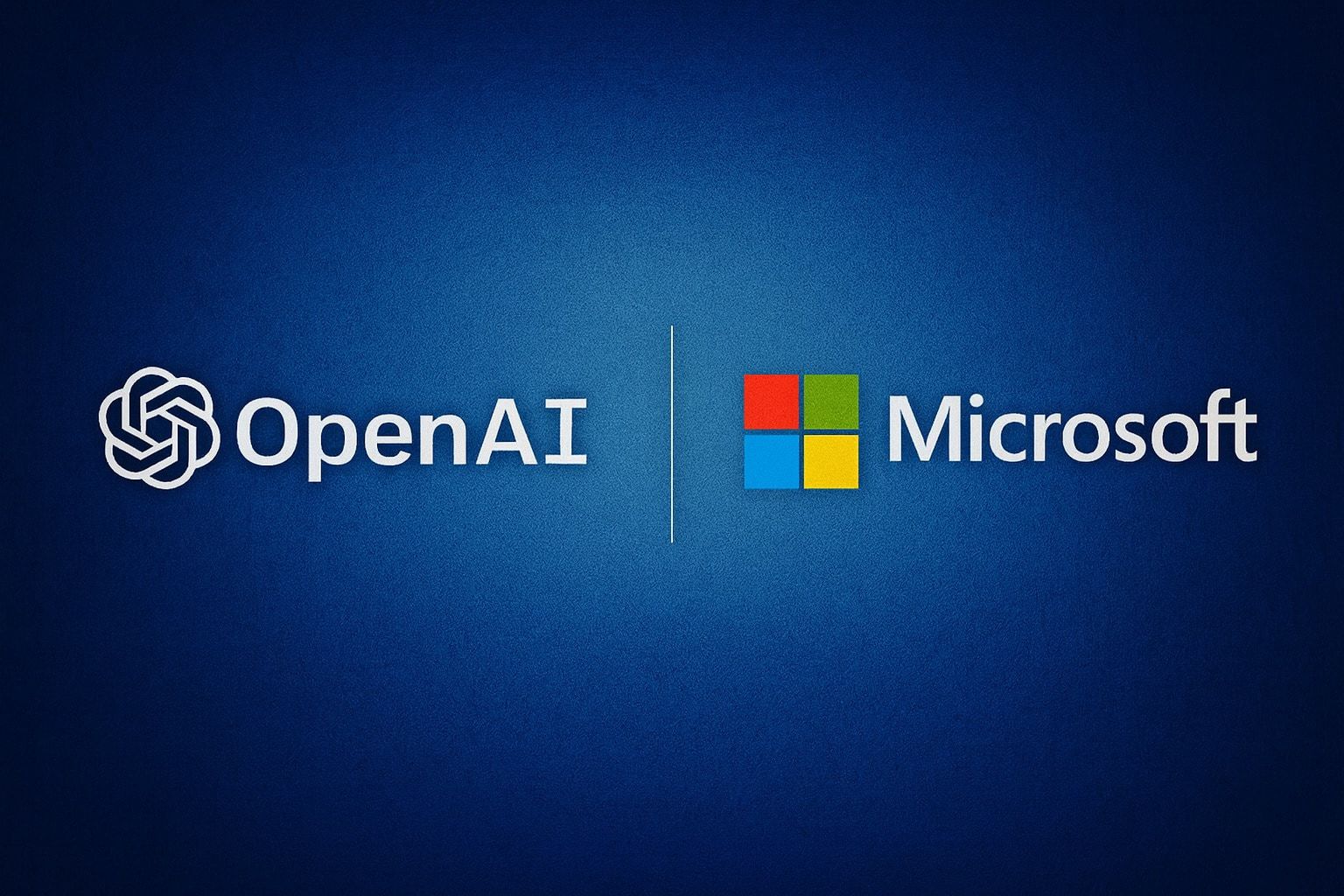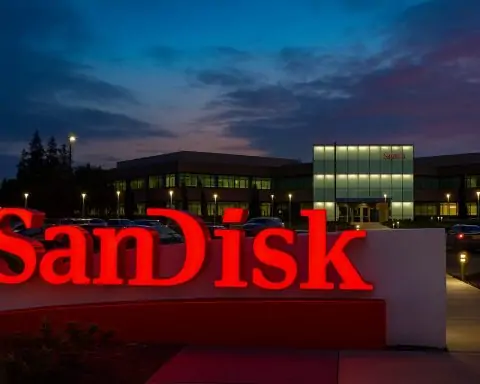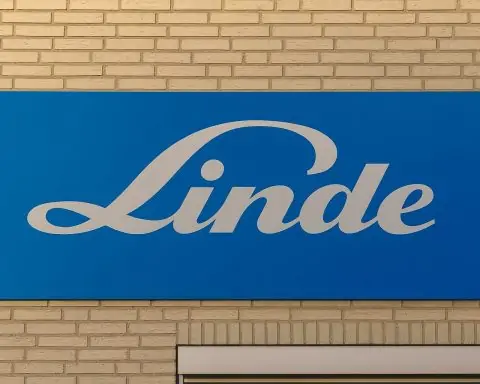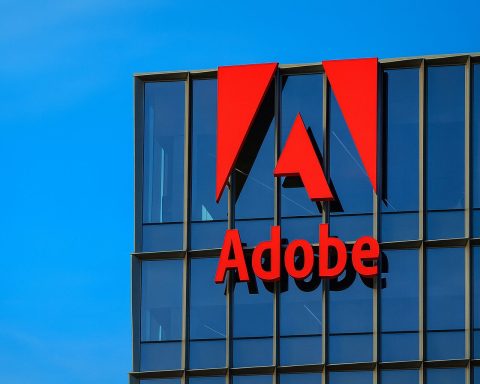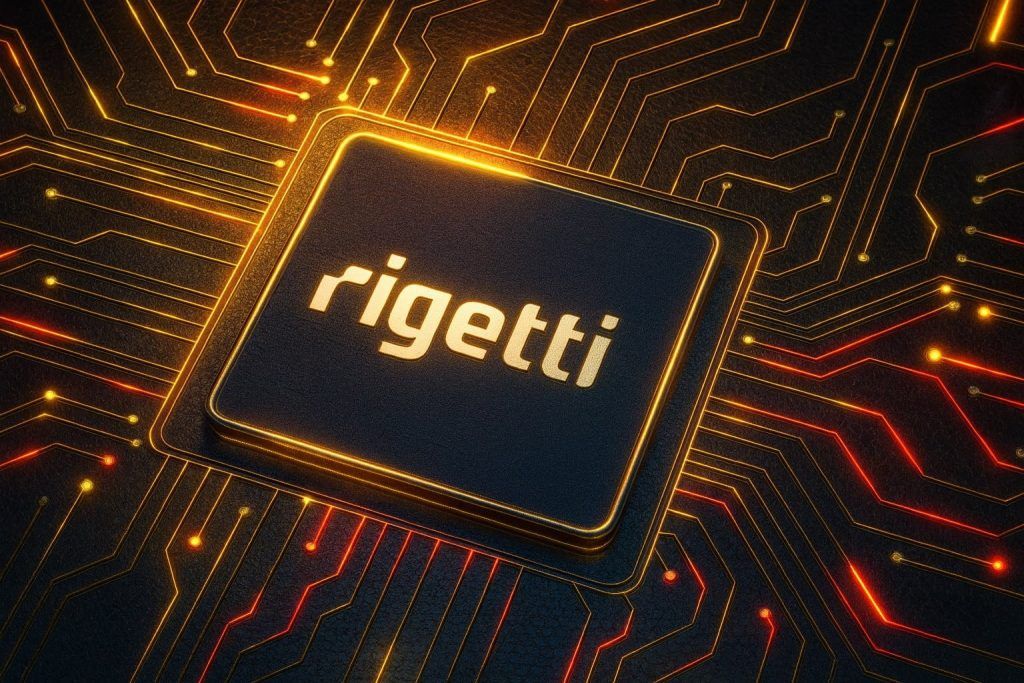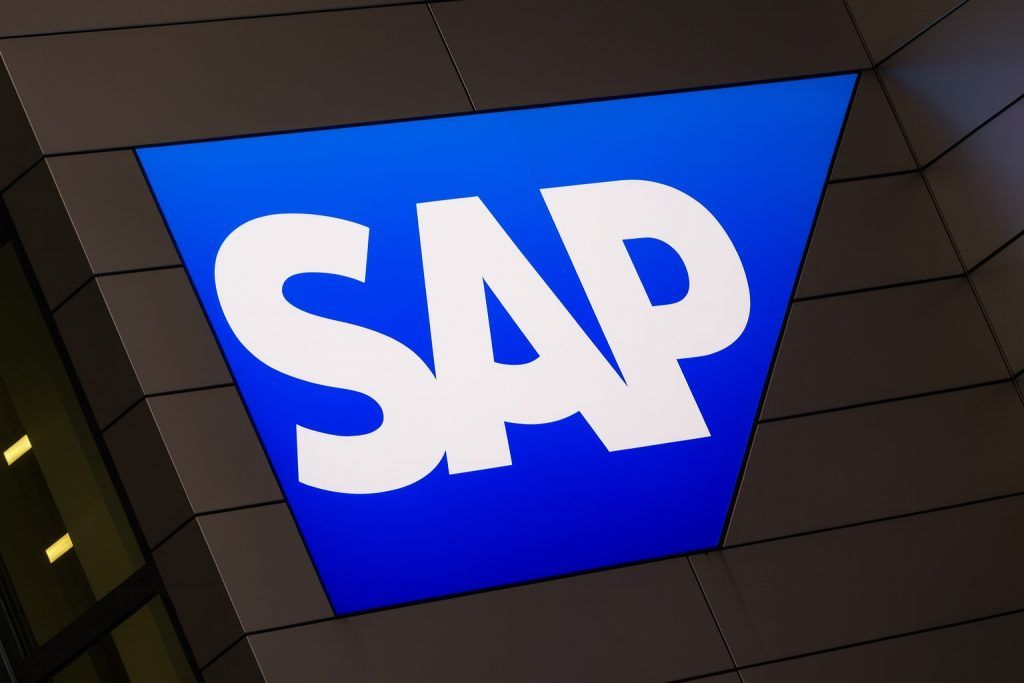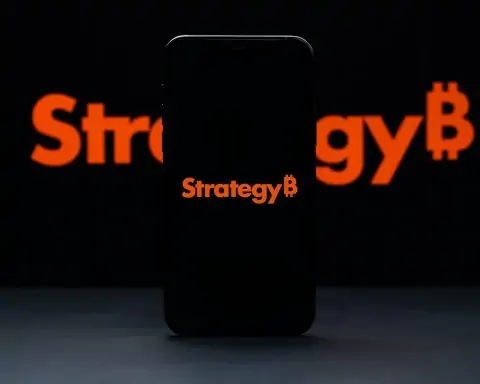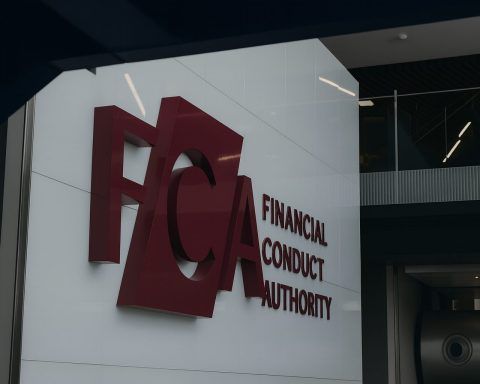- Restructuring Done: OpenAI has completed a year-long recapitalization. Its original nonprofit (now the OpenAI Foundation) retains control of the for-profit arm (now a Public Benefit Corp), holding about 26% of its equity (roughly $130 billion) [1].
- Philanthropic Focus: The OpenAI Foundation will direct an initial $25 billion toward health initiatives and AI safety/resilience projects [2], complementing earlier grants like the $50 million People-First AI Fund.
- Microsoft’s New Terms: Microsoft’s ownership is trimmed to ~27% (about $135 billion) [3] [4]. In return, Microsoft secures exclusive model/IP rights and Azure API access through 2032 (including any post-AGI models) [5]. OpenAI has agreed to spend an additional $250 billion on Azure cloud services, and Microsoft gives up its prior right of first refusal on OpenAI’s compute deals [6] [7].
- Broader Partnerships: The new deal frees OpenAI to work with others. It can now jointly develop some products with third parties (API products stay Azure-exclusive, non-API apps can run on any cloud) [8] [9]. OpenAI can even sell AI services to U.S. national security customers on any cloud. Both companies may now race toward AGI independently – Microsoft can pursue its own AGI projects with other partners, and OpenAI is free to partner with firms like Nvidia, AMD and others without Microsoft’s sign-off [10] [11].
- Market Rally: Investors cheered. Microsoft stock jumped about 4% on the news, briefly hitting an all-time high that put its market cap near $4 trillion [12] [13]. Nvidia’s shares, riding the broader AI wave, also surged – by Oct. 29 Nvidia became the first company to reach a $5 trillion valuation [14]. Stonehage Fleming analyst Gerrit Smit summed up the optimism: Microsoft is now “becoming more of a cloud infrastructure business and a leader in enterprise AI” [15].
- Big Spending Ahead: CEO Sam Altman says OpenAI will invest roughly $1.4 trillion in AI infrastructure (data centers, chips, R&D) over the next few years [16] [17]. To fuel this growth, a public stock offering is widely expected. OpenAI remains private (~$500 billion valuation) for now [18], but Altman himself calls an IPO “the most likely path” for raising massive capital long term [19]. Many Wall Street analysts are already bullish on Microsoft (nearly 99% rate it a “buy” with price targets around $600+ [20]), though some caution that sky-high AI spending means today’s valuations carry risk [21].
- Mission & Oversight: OpenAI’s leaders stress that mission and profit must stay aligned. OpenAI Board Chair Bret Taylor noted that “the more OpenAI succeeds as a company, the more the nonprofit’s equity stake will be worth, which the nonprofit will use to fund its philanthropic work” [22]. California’s Attorney General Rob Bonta and Delaware’s AG both signed off on the plan but warned they’ll “keep a close eye” to ensure OpenAI adheres to its safety and public-benefit charter [23] [24].
- Critics & Lawsuits: Not everyone is pleased. OpenAI co-founder Elon Musk (now a rival) has sued to block the recapitalization, accusing Altman of abandoning OpenAI’s original nonprofit mission [25]. Public interest groups also worry the new structure could erode oversight. The companies insist the hybrid model – with the nonprofit holding special voting power – preserves OpenAI’s focus on benefiting humanity [26] [27].
Mission-Focused Overhaul
On Oct. 28, OpenAI announced it had “completed its recapitalization” [28], simplifying its complex corporate structure. OpenAI – founded in 2015 as a nonprofit – now has two layers: the OpenAI Foundation (nonprofit) and the OpenAI Group PBC (public benefit corporation for-profit). The Foundation, chaired by Bret Taylor, “holds equity in the for-profit currently valued at approximately $130 billion” [29]. Legally a public-benefit company, OpenAI Group must consider social good alongside profit, and the Foundation retains super-voting power to appoint the board.
Crucially, the Foundation will funnel success back into public causes. It has earmarked $25 billion for two key areas [30]: accelerated health research (better diagnostics, treatments and cures) and a cyber-infrastructure for AI safety and resilience. This builds on OpenAI’s earlier $50 million People-First AI Fund for nonprofits. “The world’s most powerful technology must be developed in a way that reflects the world’s collective interests,” the company stated. As Taylor wrote, if the company thrives, “the more nonprofit’s equity stake will be worth, which the nonprofit will use to fund its philanthropic work” [31]. In short, OpenAI’s mission to “benefit all of humanity” is intended to guide both branches under the new structure [32].
Revamped Microsoft Partnership
Microsoft, OpenAI’s biggest backer, simultaneously unveiled the next phase of their partnership. Under the new deal, Microsoft holds about 27% of the restructured OpenAI Group (down from ~32.5%), valuing its stake at roughly $135 billion [33]. In a joint statement, Microsoft said it “supports the OpenAI board moving forward with formation of [the] public benefit corporation and recapitalization.” The agreement keeps OpenAI as Microsoft’s exclusive AI-model partner, but with important new terms.
Key points of the revamped pact include:
- Extended Exclusivity: Microsoft secured its rights to OpenAI’s models and underlying IP through 2032 – and even beyond for any future AGI breakthroughs – under strict safety guardrails [34] [35]. OpenAI remains exclusive to Azure for its API products until AGI is achieved.
- AGI Verification: Any claim of reaching AGI by OpenAI must now be confirmed by an independent expert panel [36], adding a third-party check that was absent before.
- Azure Commitment: OpenAI will purchase an incremental $250 billion of Azure cloud services over time [37]. In exchange, Microsoft relinquished its right of first refusal on OpenAI’s future computing deals, formally ending its former exclusivity as OpenAI’s cloud provider.
- Broader Freedoms: OpenAI can now collaborate with other partners and use other clouds for non-API products. For example, it can build custom hardware or teaming deals outside Microsoft’s purview. Conversely, Microsoft no longer has any stake in OpenAI’s consumer hardware efforts.
- Security and Hardware: OpenAI is explicitly permitted to open-source models that meet capability criteria and to serve U.S. government (national security) customers on any cloud provider.
Taken together, both sides gain more flexibility. Microsoft gains a seven-year “runway” on AI tech and a guaranteed revenue stream, while OpenAI gains the freedom to raise capital, buy companies, and team up with hardware/infrastructure companies like Nvidia and AMD without prior Microsoft approval [38] [39]. As one industry insider put it, this “was the most complicated deal any of us have ever touched — the one that finally lets OpenAI act like a $500 billion company.” [40]
Stocks and AI Competition
Financial markets immediately reacted. Microsoft’s stock jumped ~4% on Oct. 28 [41]. It briefly hit a record intraday price (~$554 per share) that pushed its market capitalization above $4 trillion [42] [43]. (For context, that makes Microsoft one of only a handful of companies ever to reach a $4 trillion market cap.) Meanwhile, Nvidia’s rally continued: after strong AI-related earnings, Nvidia became the first U.S. firm to hit a $5 trillion valuation on Oct. 29 [44] (its stock closed around $207 [45]). Both moves underscore investor faith in an accelerating AI-driven growth cycle.
Analysts have cheered the deal. Morgan Stanley, Barclays and others quickly raised their price targets on MSFT to the upper-$500s and beyond [46]. Barclays’ Raimo Lenschow noted the new terms “remove an overhang” on Microsoft’s shares by clarifying the partnership [47]. Stonehage Fleming’s Gerrit Smit remarked that Microsoft is now “becoming more of a cloud infrastructure business and a leader in enterprise AI” [48]. On Nvidia’s feat, Hargreaves Lansdown analyst Matt Britzman said, “Nvidia hitting a $5 trillion market cap is more than a milestone… The market continues to underestimate the scale of the opportunity” [49].
However, some experts urge caution. Tuttle Capital’s Matthew Tuttle warns that today’s valuations depend on perpetual AI spending: “The moment investors start demanding cash-flow returns instead of capacity announcements, some of these flywheels could seize,” he said [50]. In short, if AI companies focus on profits over insane growth, the AI supercycle could slow. This comes amid debate over an AI “bubble.” For now, though, tech stocks remain elevated: Microsoft is trading around ~$530 (up ~60% year-over-year) and Nvidia at ~$207, reflecting AI tailwinds.
Looking Ahead
The OpenAI-Microsoft shakeup sets the stage for an intense AI “arms race.” OpenAI is already partnering beyond Microsoft: it has a massive $500B “Stargate” data-center initiative with Oracle, SoftBank and others (aiming for 10 GW of compute), plus a new 6 GW GPU deal with AMD that included a warrant for 10% of AMD’s stock [51]. Nvidia itself announced $500B of AI chip orders and a $100B partnership with OpenAI [52] [53]. These deals reflect Altman’s vision of adding 1 GW of compute every week, despite each gigawatt costing ~$40B in current hardware [54]. Sam Altman and his allies have said getting huge scale is non-negotiable – “AI is a sport of kings,” as one analyst put it [55].
On the regulatory front, officials will continue watching. The California Attorney General, who helped bless the recapitalization, has vowed to ensure OpenAI lives up to its nonprofit charter [56]. Critics – including former backers like Elon Musk – will be quick to pounce if OpenAI strays. The reorg itself was, in part, a response to those concerns: the nonprofit foundation retains appointment power over the board to “keep our mission at the center” of the fast-growing business [57] [58].
In summary, OpenAI’s $500B overhaul removes many old restrictions and injects enormous new firepower into its mission. Microsoft emerges with a long-term seat at the AI table and a lucrative cloud contract, while also freeing OpenAI to collaborate more broadly. Investors have sent both companies’ stocks to record highs on the news. The industry’s winners will likely be decided by who can turn this massive investment into real-world breakthroughs – from curing disease to building safer AI – in the coming years.
Sources: OpenAI and Microsoft corporate announcements [59] [60]; Reuters reporting [61] [62]; Tech news analysis [63] [64]; and regulatory filings and statements. (Stock prices and market data from Nasdaq and Reuters as of Oct. 29–30, 2025.)
References
1. openai.com, 2. openai.com, 3. blogs.microsoft.com, 4. ts2.tech, 5. ts2.tech, 6. ts2.tech, 7. blogs.microsoft.com, 8. blogs.microsoft.com, 9. ts2.tech, 10. ts2.tech, 11. ts2.tech, 12. ts2.tech, 13. www.geekwire.com, 14. www.reuters.com, 15. ts2.tech, 16. ts2.tech, 17. ts2.tech, 18. ts2.tech, 19. ts2.tech, 20. ts2.tech, 21. www.reuters.com, 22. ts2.tech, 23. ts2.tech, 24. ts2.tech, 25. ts2.tech, 26. openai.com, 27. ts2.tech, 28. openai.com, 29. openai.com, 30. openai.com, 31. ts2.tech, 32. openai.com, 33. blogs.microsoft.com, 34. blogs.microsoft.com, 35. openai.com, 36. openai.com, 37. blogs.microsoft.com, 38. www.reuters.com, 39. openai.com, 40. www.reuters.com, 41. ts2.tech, 42. ts2.tech, 43. www.geekwire.com, 44. www.reuters.com, 45. www.reuters.com, 46. ts2.tech, 47. ts2.tech, 48. ts2.tech, 49. www.reuters.com, 50. www.reuters.com, 51. ts2.tech, 52. www.reuters.com, 53. ts2.tech, 54. www.reuters.com, 55. www.reuters.com, 56. ts2.tech, 57. ts2.tech, 58. ts2.tech, 59. openai.com, 60. blogs.microsoft.com, 61. www.reuters.com, 62. www.reuters.com, 63. ts2.tech, 64. ts2.tech
